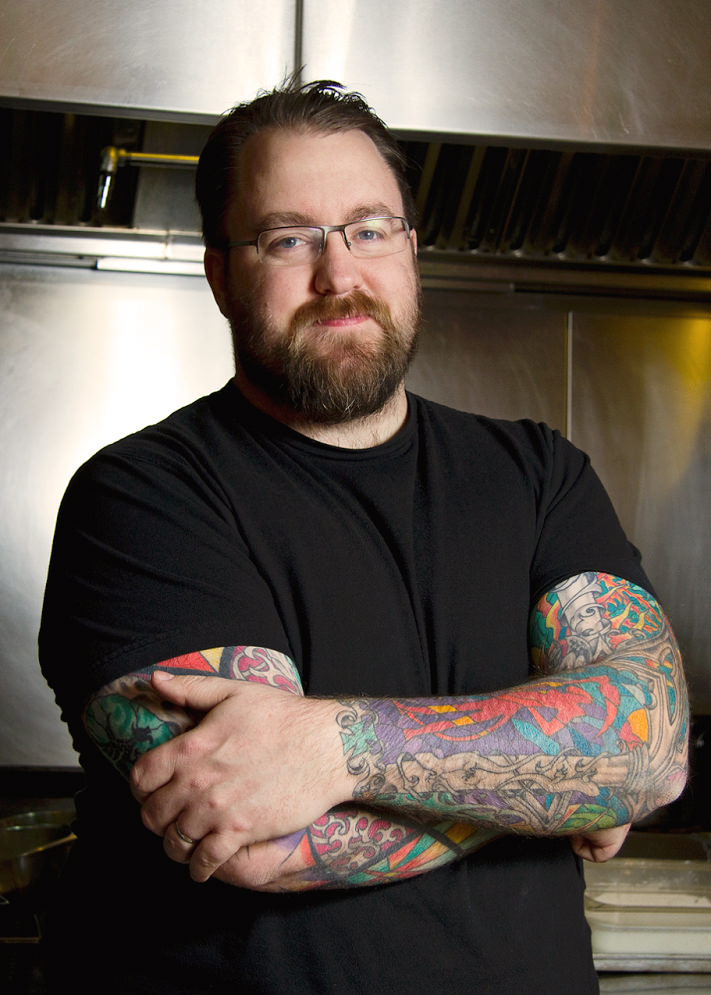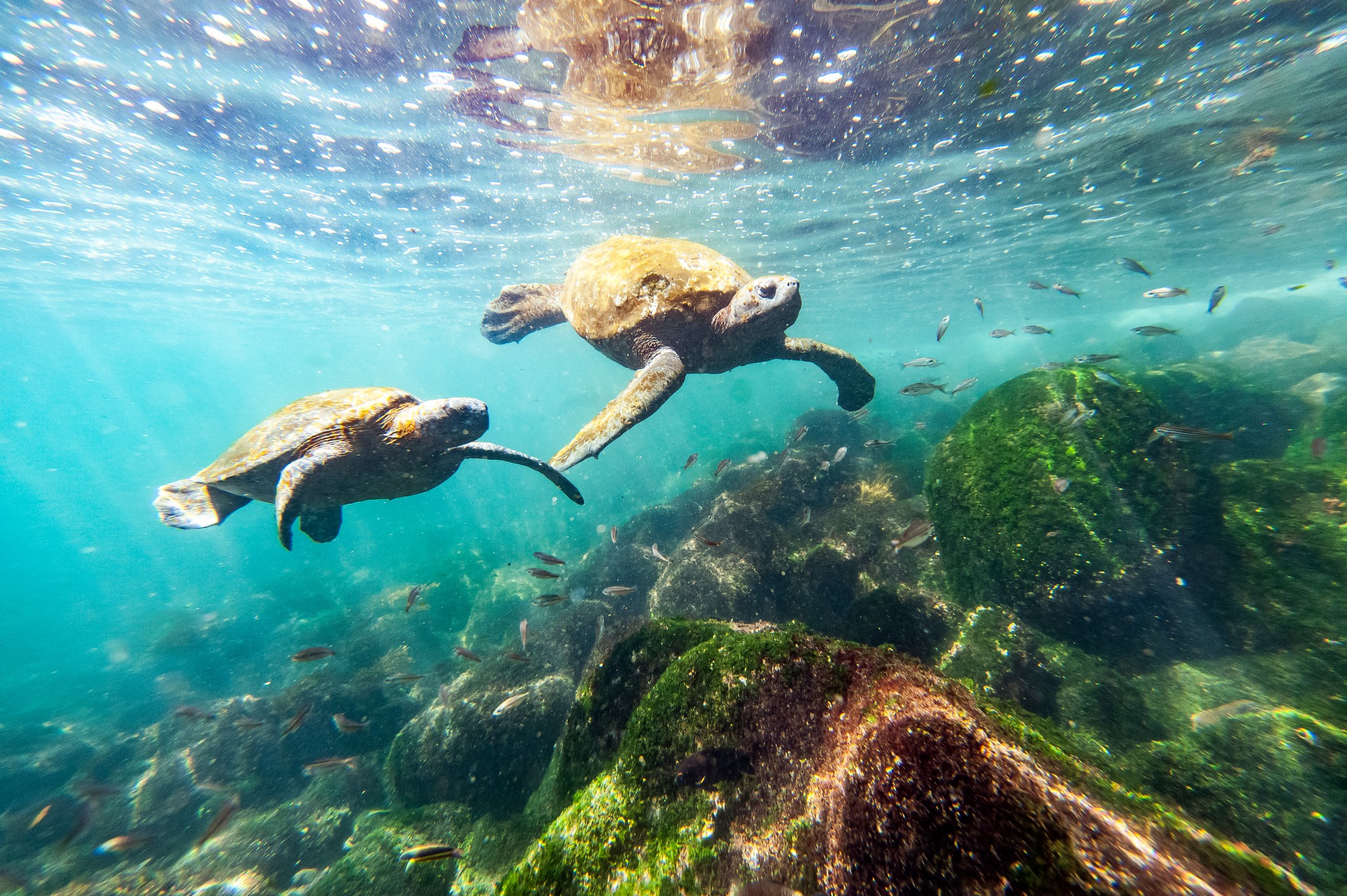How Regenerative Agriculture Will Change the Way We Eat for the Better and Help the Planet
Green New Meal.

President Biden has some big ideas on how his country can win the battle against climate change. One of these is recruiting farmers to the fight by encouraging them to practice regenerative agriculture: a collection of strategies that seek to rehabilitate the soil, use less water, and sequester planet-warming CO2. All in all, it might be just the thing to save our planet from burning up.
In a lot of ways, regenerative agriculture is less of a new idea than it is a return to age-old farming techniques. Instead of manipulating soil with plowing and tillage, dousing it with pesticides and herbicides, or enhancing it with potash and nitrogen, farmers allow the soil to rest after harvests, letting cover crops and grazing animals build up organic matter over time. The process increases biodiversity, diminishes erosion, and keeps carbon where it belongs—in the ground.
In theory, regenerative agriculture could shift farmland from being a net emitter into a carbon sink. As a thought exercise, a group of environmental scientists estimated that if U.S. farmers planted their country’s 88 million hectares of farmland with cover crops such as clover, ryegrass, radish, and others, it could take about 100 million tonnes of CO2 out of the atmosphere.
It’s enough to get big agriculture intrigued. Packaged goods giants Danone, Kellogg’s, and General Mills have started pilot projects to study the impact regenerative agriculture makes on crop yields, soil health, and ultimately, the bottom line. So far, the findings have been mixed: while regenerative practices certainly boost soil health, measuring the exact impact on the climate is difficult.
But there’s an even bigger challenge. Despite their differences, the job of the farmer is the same as the miner, the factory worker, or the barista at your local coffee shop: to deliver the most goods to the most customers in the least amount of time. Asking farmers to turn off their cash-generation machine (the land itself) and leave it idle flies in the face of supply and demand, profit maximization, just-in-time delivery, and other bedrock principles of economics. In this way, the big idea behind regenerative agriculture might have less to do with what we do and more with what we choose not to do: instead of treating the land like a machine, we are patient with it and give it time to heal. Talk about a Green Revolution.




